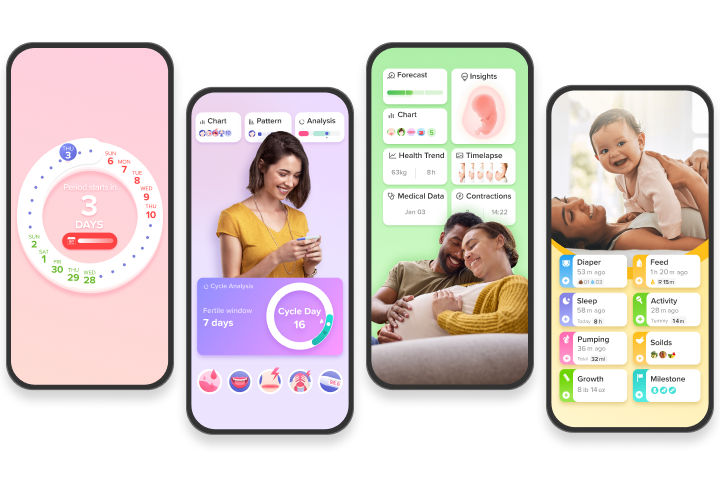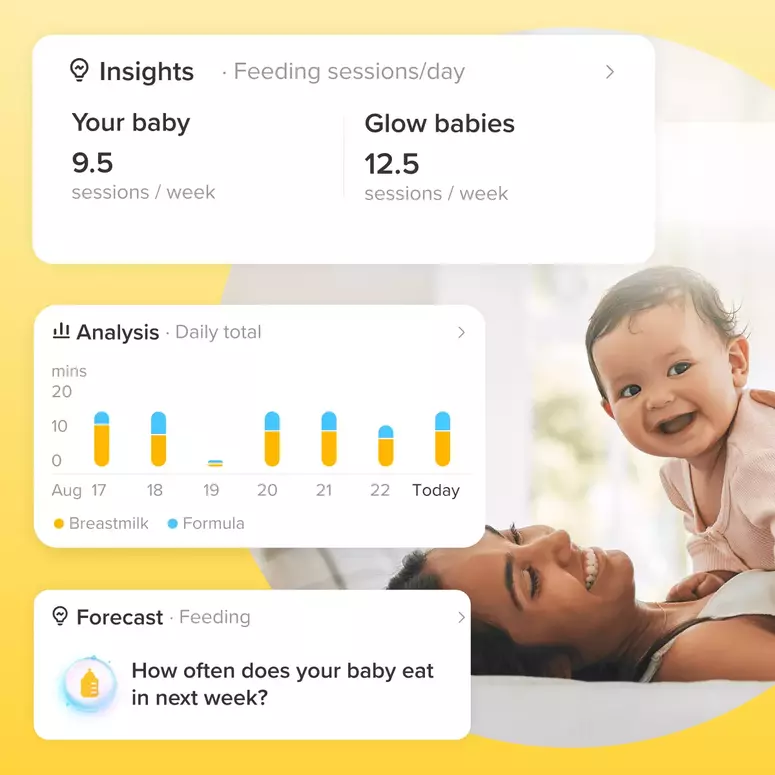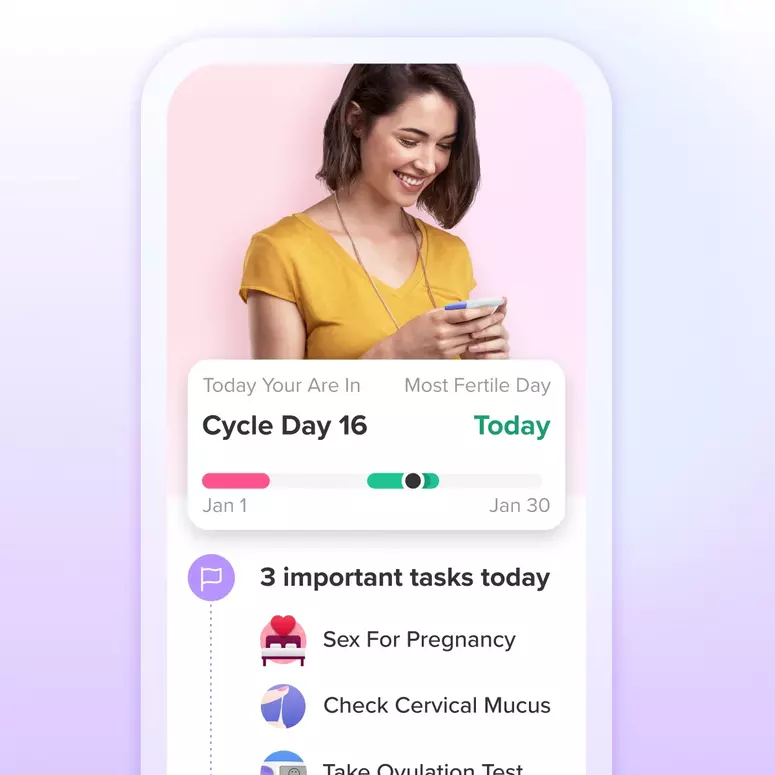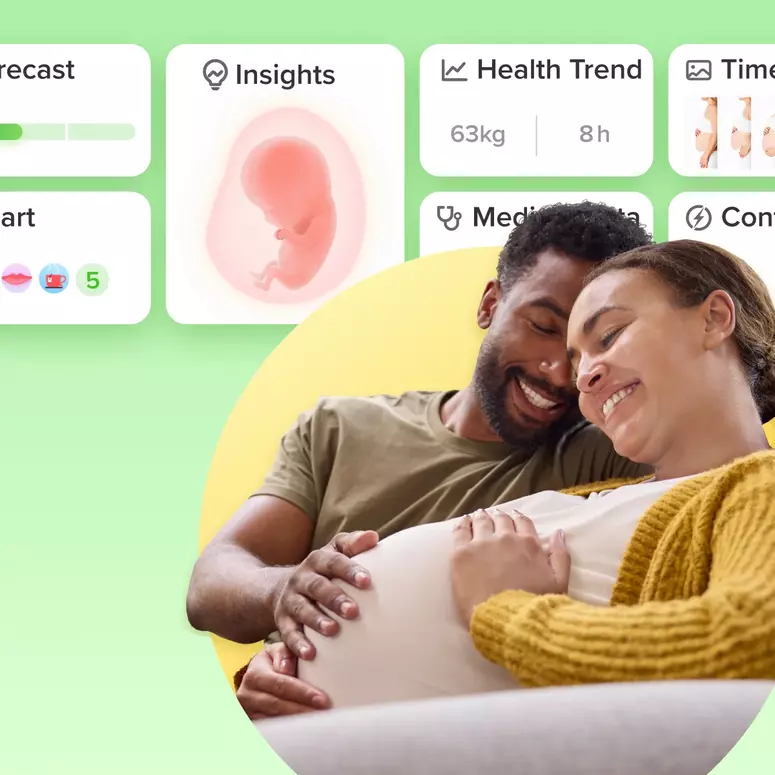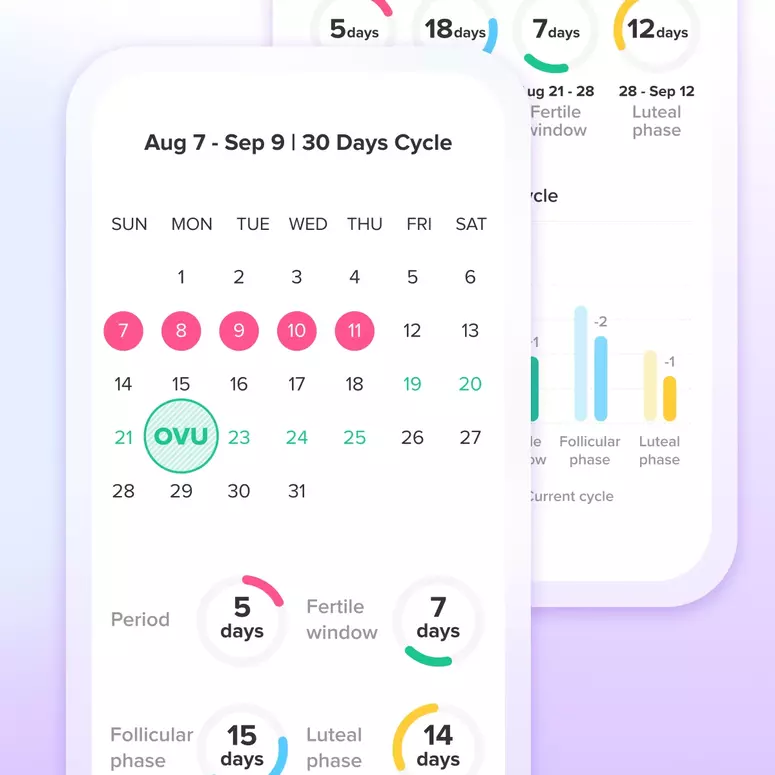PUPPP

PUPPP (short for Pruritic Urticarial Papules and Plaques of pregnancy) is the most common skin rash found in pregnant women. Normally occurring around 35 weeks of gestation, PUPPP tends to happen only during a woman’s first pregnancy, and more commonly when she is expecting a boy. PUPPP has many other names, the most common of which is PEP (Polymorphic Eruption of pregnancy), which is used in the United Kingdom. PUPPP is also called late-onset prurigo of pregnancy, toxemic rash of pregnancy and toxic erythema of pregnancy. PUPPP occurs in one out of every 200 first-time pregnancies on average, and has extremely notable symptoms.
The itchiest stage lasts about one week, but the itch never really goes away. Even though PUPPP is extremely uncomfortable, it has not been found to be dangerous to mom or baby.
Signs and Symptoms of PUPPP
Many women find that the itching to be the worst part of PUPPP. Although PUPPP does cause distinctive red marks on the abdomen, there are other details a woman should pay attention to before diagnosis that may indicate whether she is suffering from this condition.
- Very itchy rash
- Redness
- Small blisters
- Eczema-like lesions
- Appears on abdomen first
- Is not found on the belly button
- Stretching of the skin, stretch marks are generally the first sign
The appearance of PUPPP has been described as bumpy, itchy papules that turn to red, scalded skin with welts over time. At first they look like stretch marks, but as time passes, the rash grows larger in area and becomes bumpy and red. Oddly, there is never a rash on the belly button, only around it on the abdomen. From the abdomen, the rash will begin to spread to all parts of the body, including the chest, legs, feet, neck, armpits, and face of the expectant mother.
Cause of PUPPP
Unfortunately there is no known cause of PUPPP, but experts and doctors do see similarities in cases:
- Women carrying boys (70 percent of sufferers deliver boys)
- First pregnancy
- Carrying multiples (twins, triplets, etc.)
- Hypertension
One thing most experts agree on is that this is a pregnancy-related condition. It only happens to women during their first pregnancy, and generally when they are carrying either multiples or males.
Treating PUPPP
Depending on the severity of PUPPP, doctors usually use topical moisturizing creams or aqueous ointments to treat mild cases. Corticosteroid creams and ointments are usually used when the condition has reached extreme severity, and if the condition is too out of control, the doctor will treat the patient with oral corticosteroids. Antihistamine tablets may be prescribed to provide relief from the itchiness, but do not work as well as the corticosteroid creams and ointments. The important thing to remember is that after the birth of your baby, the condition and symptoms go away within a week or so. Still, not all women are so lucky, and some continue to experience symptoms during their postpartum period.
Some women prefer to use home remedies to treat their PUPPP. Aloe and oatmeal baths are said to help soothe the itch while decreasing the red appearance of the condition. Ice packs can also take down the redness and swelling. Wearing baggy clothes can always help prevent discomfort when you’re pregnant, and especially if you’re prone to skin rashes such as PUPPP. The sun, heat, warm water, and clothing can aggravate the rash, so staying cool is essential to help contain the itch and other symptoms.
Achieve your health goals from period to parenting.
